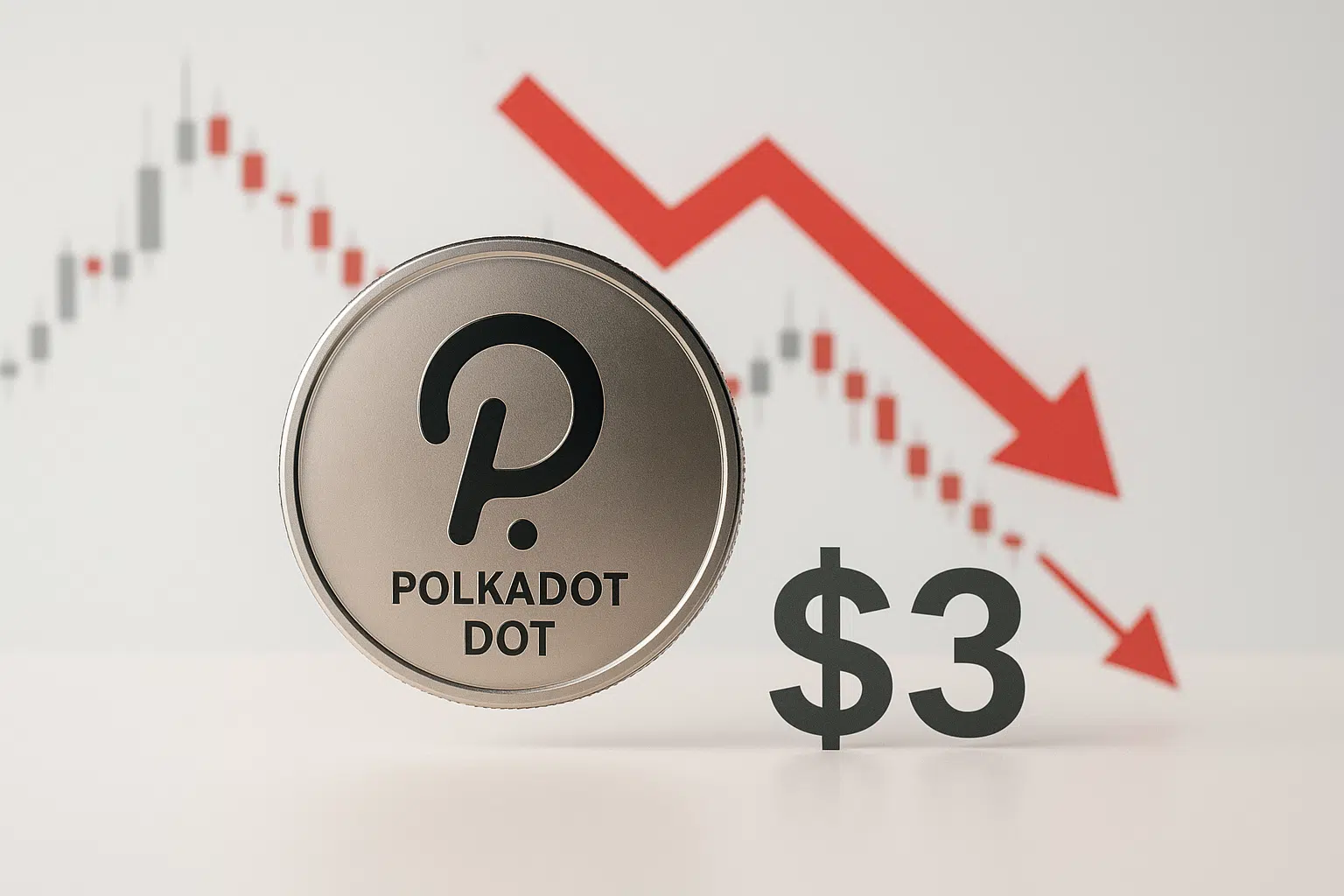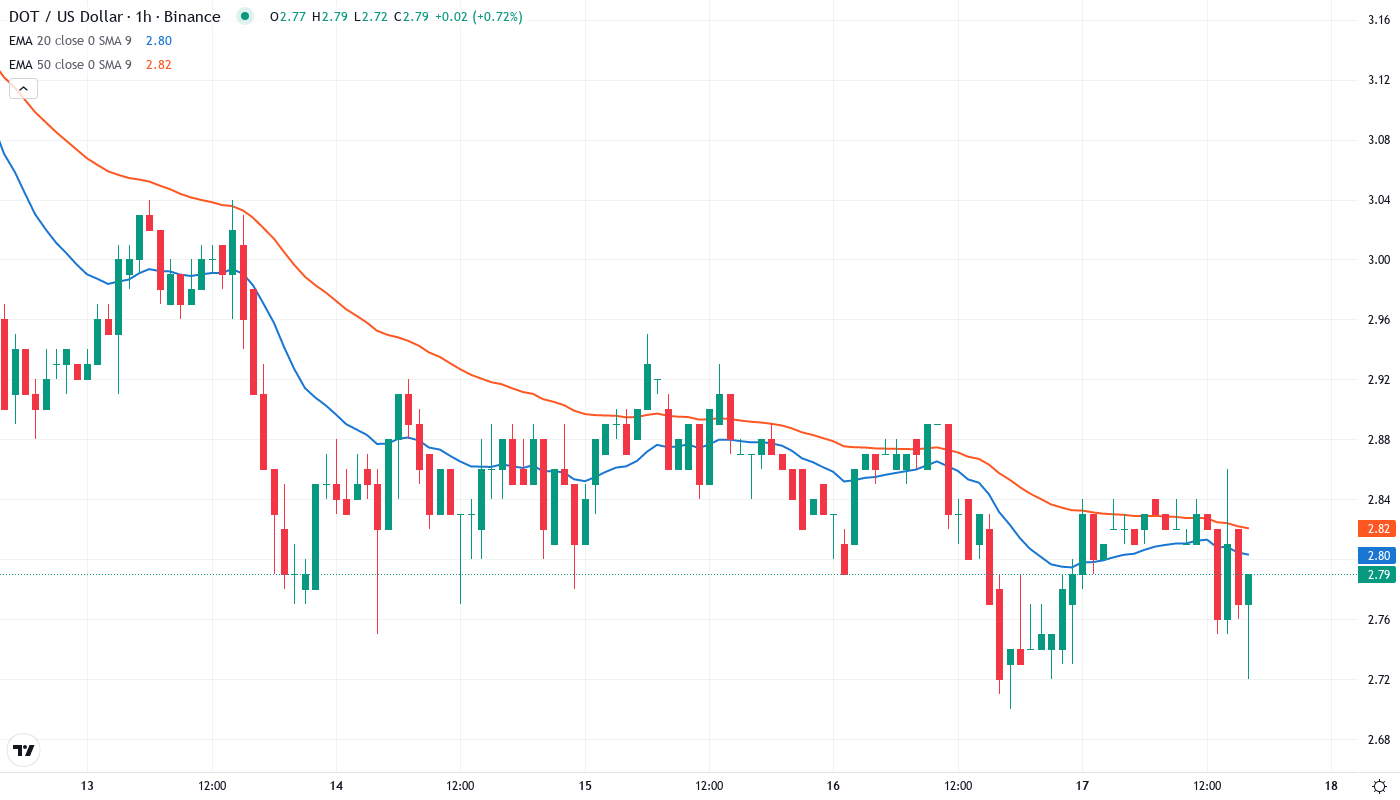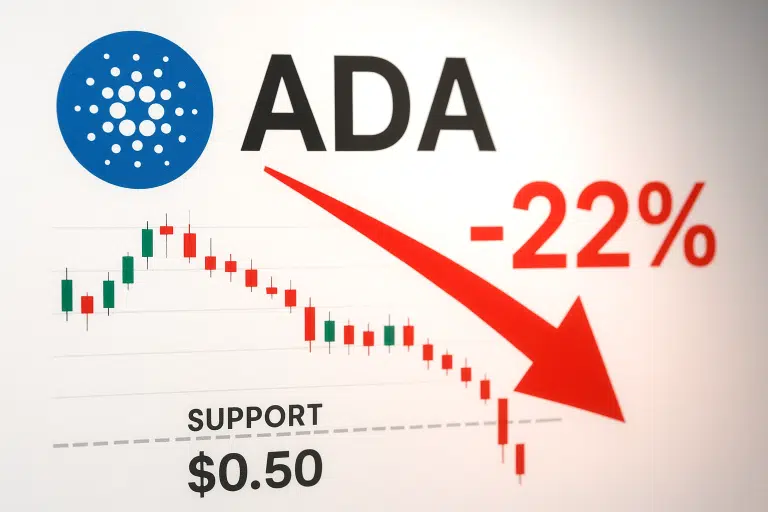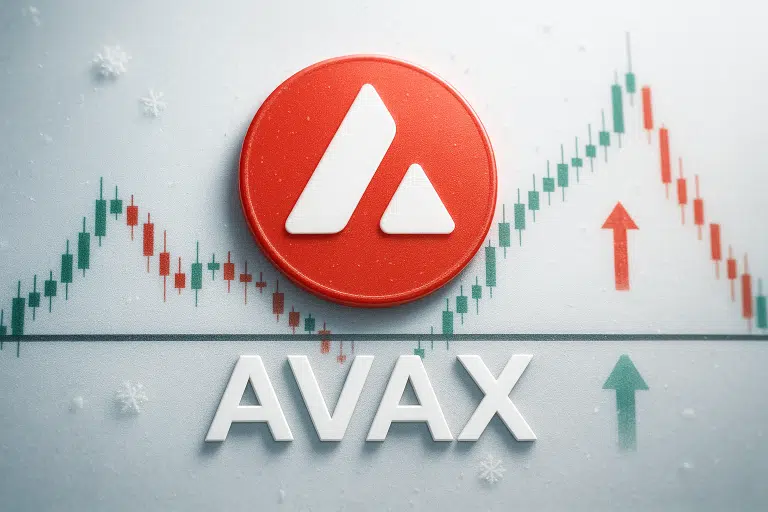Polkadot Tumbles to Multi-Year Lows as Sellers Overwhelm $3 Support

Market Structure Collapses Lower
- So far this year, DOT has dropped by 52.5%, with a current price of $2.75, just below the important psychological support of $3.
- The RSI on the daily chart has reached 40.5, indicating some exhaustion in the selling momentum, but no signal of capitulation yet.
- Multiple support levels between $2.70 and $2.95 have now turned into resistance levels, capping any relief bounce.

The recent price rally in Ethereum has driven the asset to its highest point in three weeks, suggesting that a bullish outlook for Ether has become the consensus among investors. Though recent news has indicated that the London hard fork upgrade has been scheduled for July which has allowed bullish traders to continue to add to their long positions in both anticipation of this catalyst and because Ether has grown so exponentially oversold. Other data indicates Ethereum has the most long positions open in over a month, suggesting that this may be a crowded trade.
| Metric | Value |
|---|---|
| Asset | POLKADOT (DOT) |
| Current Price | $2.75 |
| Weekly Performance | -14.86% |
| Monthly Performance | -5.17% |
| RSI (Relative Strength Index) | 40.5 |
| ADX (Average Directional Index) | 30.2 |
| MACD (MACD Level) | -0.10 |
| CCI (Commodity Channel Index, 20-period) | -53.55 |
Momentum Exhaustion Signals Potential Bottom Formation

The Relative Strength Index (RSI) is a momentum oscillator that measures the speed and change of price movements. The RSI oscillates between zero and 100. Traditionally the RSI is considered overbought when above 70 and oversold when below 30.
Past RSI readings in the same range as now flashed local bottoms following 30% to 80% rallies. This included the mid-April pre-stink-bid bottom, when Revain bounced 65% over two weeks. Trends like the recent Bybit staking integration might cancel out their relative value in the long-term since utility trends — and especially interoperability trends — suggest that a cumulative reduction might have a greater impact on long-term market performance.
ADX at 30.16 Confirms Mature Downtrend Nearing Exhaustion

By using trend following metrics that specifically adapt to ongoing circumstances strengthens beyond relying on a predetermined look-back period, one could potentially find themselves more in tune with the current view of market prices but also increase the odds of identifying the kind of movements that you wish to participate in after pinpointing their initiation!
Simply put, there are times when the market aligns in such a way that a potential reversal is so near that the risk/reward setup becomes too tempting for short-sellers to resist. This is one of those times. Traders need to prepare for the resulting volatility.
EMA Structure Reveals Complete Bearish Control Below $3

The price action is encapsulated by the descending channel (orange) shown on the daily chart. In fact, the late February spike high failed to push through channel resistance, a level which continued to thwart the recovery on Tuesday.
Absent any unacceptable news event, all DOT needs is some positive momentum for a break higher.
What is most noteworthy about the chart is the compression between the 10-day and 20-day EMAs around $2.90-$2.95 that currently serves as the first level of resistance. The 50-day EMA at $3.19 has since flipped from support to resistance back in December, adding several key levels for bulls to reclaim if they are to do anything besides sending LINK back into its death range. The last thing to note is the historical fact that price trading this far below the 200-day EMA generally leads to massive mean reversion rallies.
Support Architecture Crumbles as $3 Psychological Level Fails
Currently, there is strong resistance between $2.87 (10-day EMA) and $3.19 (50-day EMA), with the psychological $3 level sandwiched in between. Moreover, the support that December offered at $3.53 now serves as a strong resistance, which is almost 30% above the current rate – a measure of how badly the market structure has degraded over the past few weeks.
However, any recovery attempt would face the $2.85-$2.90 zone with the weekly pivot at $2.92. Only a close above the latter would indicate a bottom is in place and shift the focus off a retest of the $2.34-$2.40 target zone.
The current market structure solidified into complete bearish control as long as price levels remain below $2.95. On the previous bounce, we discussed the fundamental and technical invalidation level which was ultimately breached over the subsequent weeks despite the fundamental staking upgrades that will be coming to Bybit. This type of structure is the type that only has its sentiment-based shifts reversed off of technical bottoms.
Bears Maintain Control Until DOT Reclaims $2.95 Resistance
Bulls need to see a firm daily settlement beyond $2.95 to alleviate current downward pressure and allow for a corrective rebound towards $3.19. If price manages to reclaim this threshold, a bounce to the 50-day EMA may occur, with the early 2024 narrative of adding fundamentals of enterprise adoption to the blockchain interoperability technology fueling the rally.
The configuration is invalid if the price is below $2.34 on a large scale, which would catch the knife of the previous traders and probably push the price down again to a $2.00 level. In view of the fact that the sales persist and there is no buying interest in light of the positive advances, the bears still control the overall structure of the trend.
Considering the oversold readings, multi-year low levels, and the likelihood that tax-loss selling is wiped out by year’s end, the most likely short-term route has DOT bottoming between $2.34 and $2.75 then trying a relief rally to $3.00 resistance in January.





